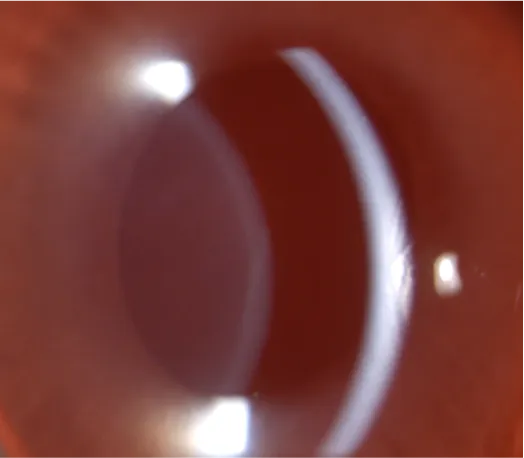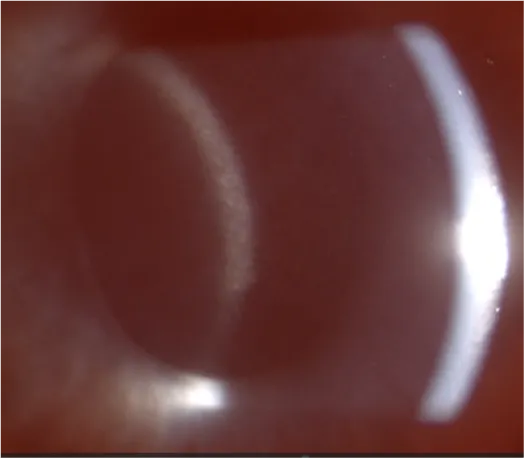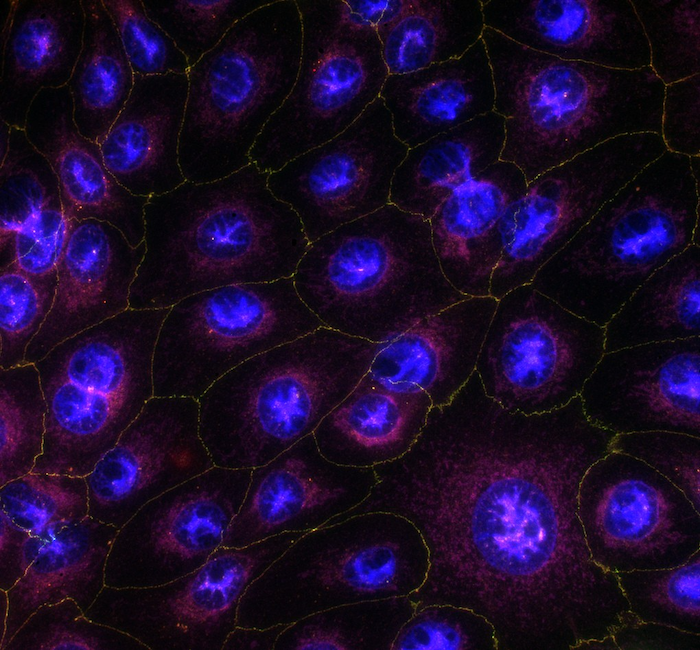Disease models
Antigen-Induced Uveitis
Tumor necrosis factor-alpha (TNF-α) is a key proinflammatory cytokine involved in inflammation. When administered intravitreally, TNF-α induces rapid infiltration of inflammatory cells in the anterior uvea and aqueous humor, mimicking features of acute uveitis. First demonstrated in rabbits by Rosenbaum et al. (1988) and further characterized by Fleisher et al. (1990), this model has since been widely used and validated as a reliable platform for studying ocular inflammation and testing anti-inflammatory therapies.
Clinical evaluation of uveitis severity is performed by an experienced veterinarian using slit-lamp biomicroscopy and scored according to the Modified Hackett-McDonald and the SPOTS (Semiquantitative Preclinical Ocular Toxicology Scoring) grading system.


Technical details
Rabbit
Intravitreal injection of TNF-α
Inflammation peaks on Day 7 and resolves by Day 14.
Clinical scoring (Slit-lamp ophthalmic examination)
Scientific excellence in every model
Rapid efficacy screening
Suitable for quick assessment of anti-inflammatory activity of test compounds.
Longitudinal evaluation
Allows multiple ophthalmic examination timepoints to monitor treatment response.
Standardized readouts
Compatible with reproducible scoring systems for robust comparison across treatments.
References
- Eaton JS, Miller PE, Bentley E, Thomasy SM, Murphy CJ. The SPOTS System: An Ocular Scoring System Optimized for Use in Modern Preclinical Drug Development and Toxicology. J Ocul Pharmacol Ther. 2017 Dec;33(10):718–34.
- Fleisher LN, Ferrell JB, McGahan MC. Ocular inflammatory effects of intravitreally injected tumor necrosis factor-alpha and endotoxin. Inflammation. 1990 Jun 1;14(3):325–35.
- Jiang Q, Li Z, Tao T, Duan R, Wang X, Su W. TNF-α in Uveitis: From Bench to Clinic. Front Pharmacol. 2021 Nov 2;12:740057.
- Rosenbaum JT, E L Howes J, Rubin RM, Samples JR. Ocular inflammatory effects of intravitreally-injected tumor necrosis factor. Am J Pathol. 1988 Oct;133(1):47.
Access model details
Interested to learn more? Submit the form, and we will provide tailored information on this model.
"*" indicates required fields
We are here to help
Whether you have a question about our preclinical models, capabilities, pricing or anything else, our team is ready to answer all your inquiries.
Related services
Massa metus risus euismod elit leo nisi suscipit
vulputate velit. Vel ac volutpat adipiscing vitae.
In vitro permeability
In vitro models using HCE-T and PCi-RPE cells help assess drug permeability by mimicking corneal epithelium and blood-retinal barriers in early drug development.
Learn moreELISA
ELISA enables sensitive protein detection and quantification in ocular tissues and biofluids.
Learn moreImmunohistochemistry
Experimentica offers a wide range of single and multiplex immunofluorescence labeling to explore disease pathogenesis and therapeutic targets.
Learn moreCheck out our latest news and activities
All News

Faster results for in vitro corneal permeability studies

Experimentica Appoints Dr. Artem Shatillo as Director, Digital Transformation

FELASA 2025 presentation: Assessing lidocaine-based analgesia for mouse ear notching: Insights into strain-specific reactions



